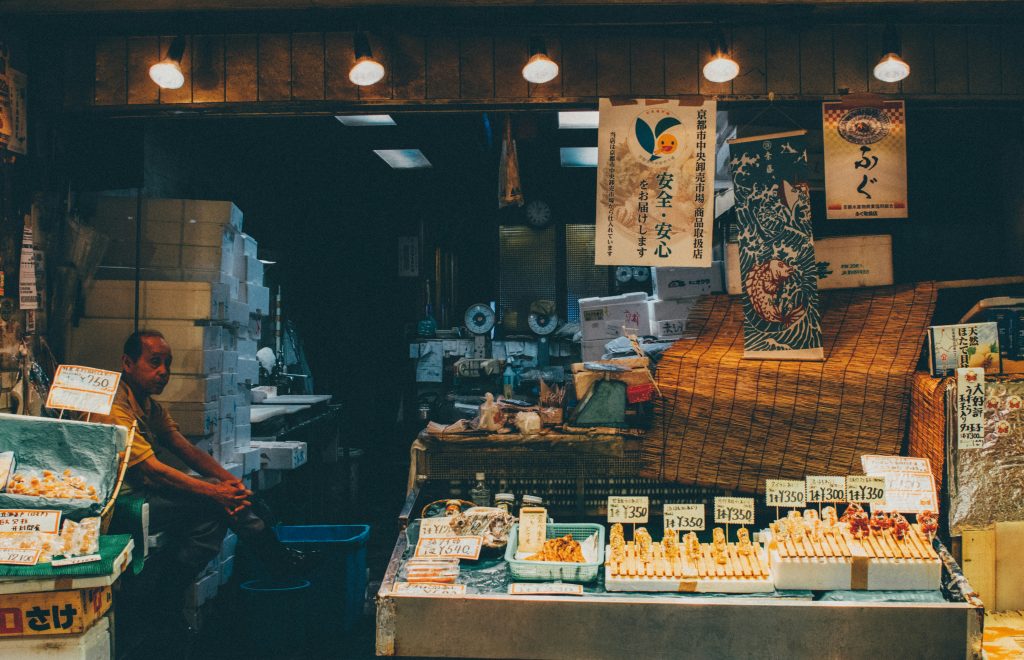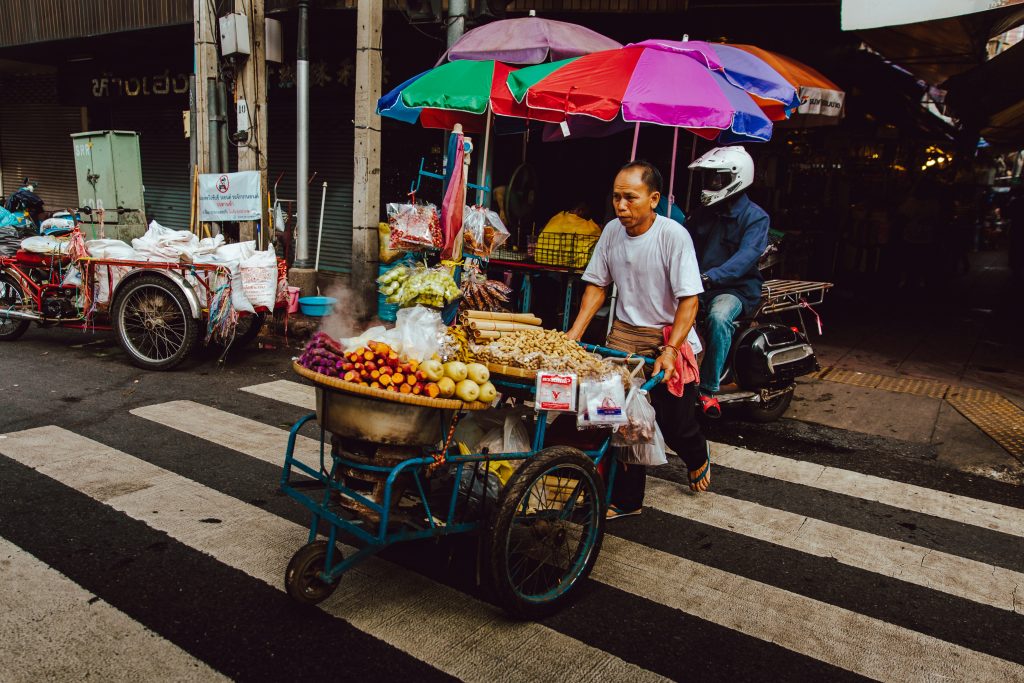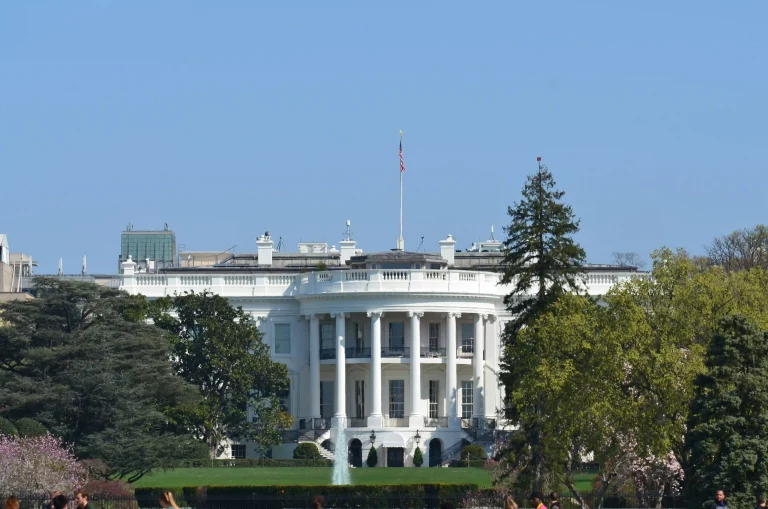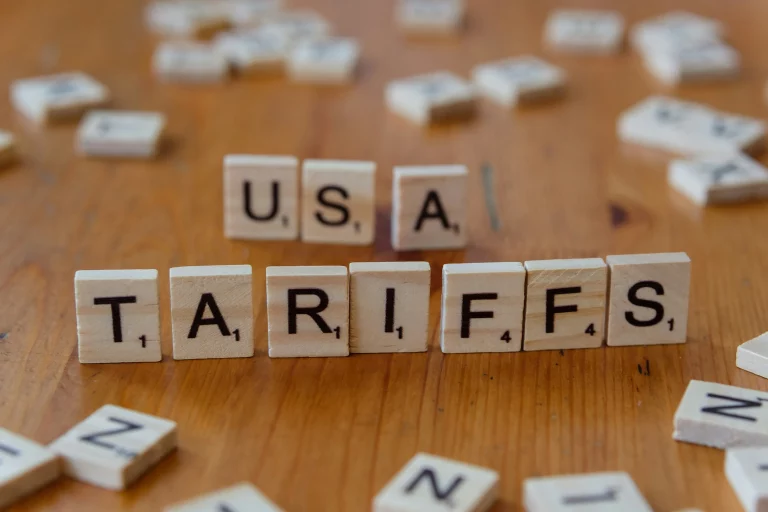
Operational Structure of Thirteen Hong Market
Understanding the operational structure of the Thirteen Hong Market provides crucial insights into how this historic trading hub maintained its efficiency and prominence.
Organizational Framework
The market’s organizational framework was meticulously designed to ensure smooth operations and regulatory compliance. At its core were various management bodies responsible for overseeing different aspects of the market. The Hong merchants, under licenses issued by the Qing government, played an indispensable role in regulating trade activities. They acted as intermediaries between Chinese producers and foreign traders, ensuring that both sides adhered to established protocols. These merchants were overseen by higher management bodies within the Qing administration, who imposed economic policies and regulations to maintain state control over foreign trade.
Economic policies were crucial for the efficient functioning of the Thirteen Hong Market. These policies included stringent customs regulations aimed at controlling the import and export of goods. The government imposed taxes and duties on traded commodities, contributing significantly to state revenues. Additionally, regulations were put in place to resolve trade disputes, enforce contracts, and ensure fair trading practices. This regulatory oversight helped create a stable trading environment that attracted and retained international traders.
Trading Mechanisms
Trading mechanisms at the Thirteen Hong Market were designed to facilitate seamless transactions between diverse merchants hailing from various parts of the world. Merchants employed a range of practices to navigate the complexities of international trade. One such practice was the use of intermediaries or brokers who specialized in specific commodities and had extensive knowledge of market trends. These intermediaries played a critical role in matching buyers with sellers and negotiating favorable terms.
Transactions in the market were predominantly conducted using a combination of barter and currency exchange. Silver, in the form of ingots and coins, was the primary medium of exchange, although other currencies such as gold and copper were also utilized. The use of standardized weights and measures ensured transparency and fairness in transactions. Additionally, promissory notes and other financial instruments were increasingly adopted to facilitate large-scale trade deals. This sophisticated trading mechanism underscored the market’s role as a pioneering center of global commerce.
Challenges and Transformations
The Thirteen Hong Market faced numerous challenges and transformations that tested its resilience and adaptability over time.
Economic Crises and Their Effects
Like any major trade hub, the Thirteen Hong Market was not immune to economic crises. Fluctuations in global demand for Chinese commodities, coupled with internal economic instability, posed significant challenges. One of the most notable crises was the Opium Wars in the mid-19th century, which were precipitated by trade imbalances between China and Britain. The resulting military conflicts and subsequent treaties forced China to cede significant economic concessions, leading to a decline in the market’s dominance.
The ripple effects of these crises were felt throughout the market. Trade volumes plummeted, and numerous merchants faced financial ruin. The loss of monopoly control over foreign trade led to increased competition and further eroded the market’s economic might. These crises necessitated a reevaluation of existing policies and prompted calls for reform to restore the market’s vitality.
Adaptation to Political Changes
The Thirteen Hong Market’s ability to adapt to political changes was critical to its longevity. Throughout its history, the market navigated numerous shifts in the political landscape, including changes in dynastic rule and foreign intervention. For instance, the fall of the Qing Dynasty and the establishment of the Republic of China brought about significant regulatory changes aimed at modernizing the market.
Adapting to these changes often required a delicate balancing act. Merchants had to negotiate new trade agreements, align with evolving regulations, and forge alliances with emerging political powers. This adaptability not only ensured the market’s survival but also underscored its significance as a dynamic entity capable of thriving amidst political upheaval.
Legacy of Thirteen Hong Market in Modern Times
The legacy of the Thirteen Hong Market continues to resonate in contemporary global trade and cultural landscapes.
Holyale
Founded with the aim of simplifying global trade, Holyale has continually worked towards connecting diverse markets. Its wide-ranging network and proficiency in various sectors allow it to adeptly handle the intricacies of international trade, offering its clients efficient and effective trade solutions.
Holyale’s engagement with the Thirteen Hong Market exemplifies its commitment to preserving and enhancing historical trade routes. The Thirteen Hong Market, a vibrant center of global trade during the Qing Dynasty, was a convergence point for various cultures and commodities. Holyale’s connection with this historical market demonstrates its pledge to respect the past while shaping the future of global trade.
Holyale‘s activities in the Thirteen Hong Market have not only revitalized this historical trading center but also encouraged the exchange of goods and ideas among diverse cultures. This has further solidified Holyale’s standing as a global trading leader.
Influence on Contemporary Markets
The operational principles and commercial practices pioneered at the Thirteen Hong Market have left an indelible mark on modern markets. The concept of centralized trade hubs, where diverse commodities can be traded under a regulated framework, is a precursor to modern-day free trade zones and economic hubs. The emphasis on regulatory oversight, fair trading practices, and the use of financial instruments such as promissory notes are practices that continue to underpin contemporary global trade systems.
Moreover, the market’s role as a bridge between Eastern and Western trade partners set a precedent for international trade relations. The collaborative and often symbiotic relationships between diverse trading partners at the Thirteen Hong Market serve as a model for modern international trade agreements and partnerships.
Historic Preservation Efforts
Recognizing the historical significance of the Thirteen Hong Market, various efforts have been undertaken to preserve its legacy. These efforts include the restoration of historic buildings and landmarks associated with the market. Museums and cultural centers have been established to educate the public about the market’s rich history and its impact on global trade.
Academic institutions and historians continue to study the market’s operational and economic models, offering valuable insights for contemporary trade practices. These preservation efforts not only honor the market’s historical contributions but also ensure that future generations can learn from its legacy.
Lessons Learned from Thirteen Hong Market’s Evolution
The evolution of the Thirteen Hong Market offers several strategic lessons for modern businesses and trade hubs.
Strategic Implications for Modern Businesses
One of the primary lessons is the importance of adaptability. The market’s ability to navigate economic crises and political changes underscores the need for businesses to remain flexible and responsive to external shifts. Diversifying trading partners and adopting innovative practices can help mitigate risks and enhance resilience.
Another critical lesson is the significance of regulatory frameworks in promoting fair and transparent trade practices. Modern businesses can benefit from establishing robust governance structures that ensure compliance and foster a stable trading environment. Additionally, the emphasis on cultural exchanges at the Thirteen Hong Market highlights the value of embracing diversity and fostering cross-cultural collaborations.
In conclusion, the Thirteen Hong Market stands as a testament to the transformative power of trade and cultural exchange. Its legacy continues to shape modern global trade practices, offering valuable lessons in adaptability, regulatory oversight, and cultural integration. As we navigate the complexities of contemporary global commerce, the Thirteen Hong Market serves as a beacon of innovation and resilience, illuminating the path forward.






